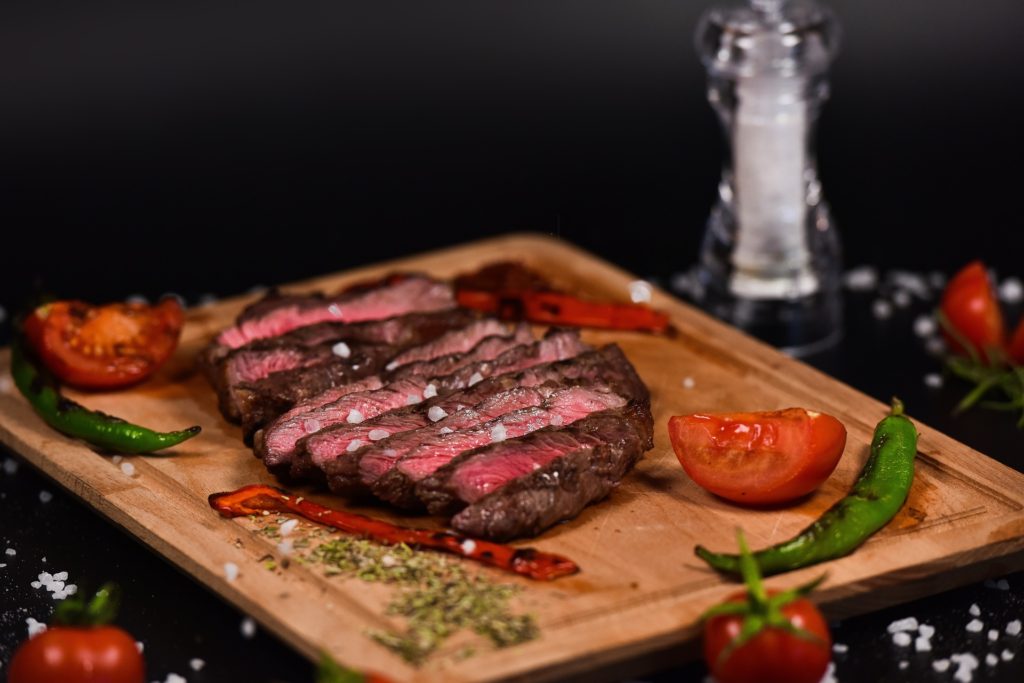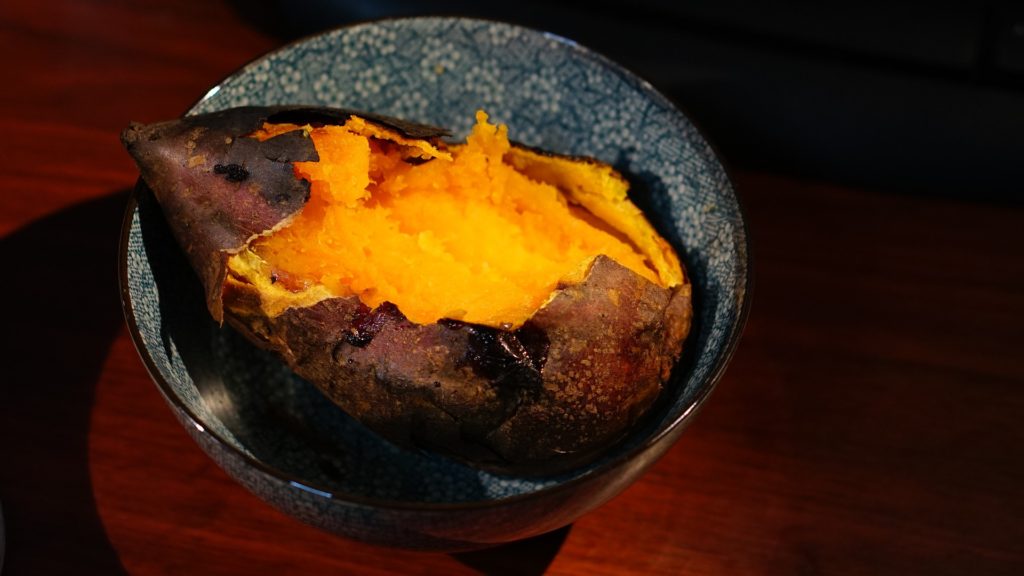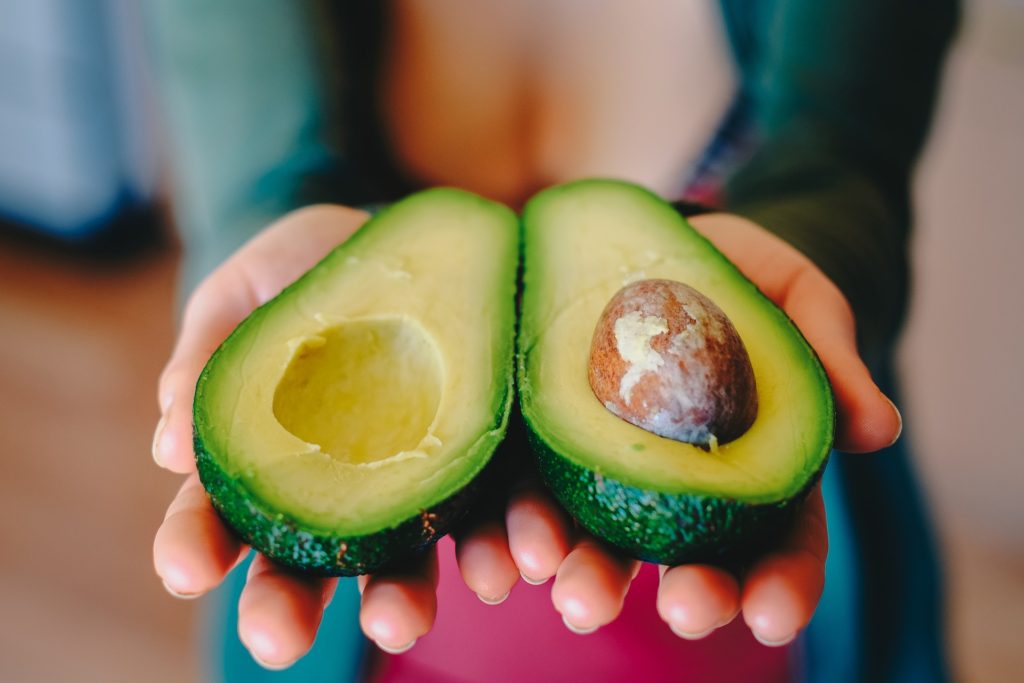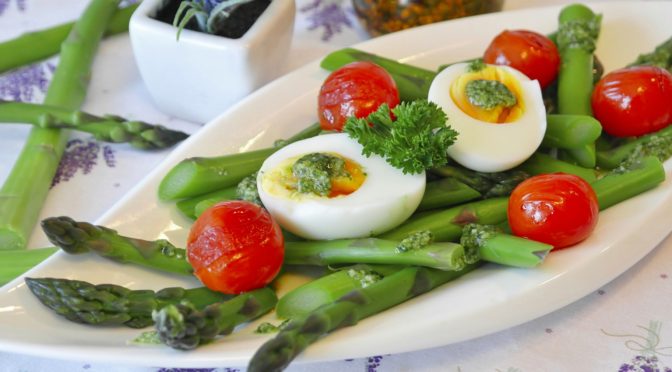Are you looking to change up your diet and lose weight? A carb cycling meal plan may be just what you need. This type of diet involves cycling between high and low carbohydrate days, which can help you burn fat and lose weight. In this article, we’ll discuss the benefits of carb cycling, as well as provide a sample meal plan for you to follow. So, if you’re ready to give carb cycling a try, keep reading!
What is Carb Cycling
If you’re having trouble losing weight, then carb cycling is a strategy that you should consider. Carb cycling means eating low-carb for 5 days and high-carb for 2 days each week.
This pattern of eating can help your body metabolize fat more readily and stimulate the production of human growth hormone (HGH). HGH helps to increase muscle mass, which in turn results in higher metabolism rates. To learn how to start using carb cycling today, read this article!
Benefits of Carb Cycling
Numerous diets that completely exclude carbs don’t work well for a lot of people. The strict rejection of carbs frequently gets to be too important, which results in people giving in after a certain quantum of time. With carb cycling,
it makes it easier to lose weight because you don’t have to circumscribe yourself so much. Indeed on low-carb days, you can rest assured you’ll be suitable to eat carbs the coming day (or in a couple of days) so it doesn’t feel like you’re depriving yourself too much.
Plus, with the combination of low carb days and high carb days, you’re getting stylish of both worlds. On low carb days, you’re minimizing fat gain and adding insulin perceptivity, which maintains better body composition.
On high-carb days, your body burns further calories and increases the hormone leptin, which keeps you from feeling empty. High carb days also make you feel reenergized and replenish glycogen stores that fuel your muscles.
Carb Cycling History
The carb cycling diet is a recent dietary approach that’s been popularized by various celebrities such as Fernanda Abravanel. It was originally termed the Dr. Dukan Diet, after French physician Pierre Dukan, who suggested it as an effective regime for obese patients which helped them to lose weight and keep it off.
The basis of the carb cycling diet is the fact that different types of carbohydrates have vastly different effects on blood sugar levels and insulin production. On one hand, we have simple carbs – bad carbs – which digest quickly and send blood sugar levels soaring; on the other we have complex carbs – good carbs – which are absorbed slowly, keeping insulin production stable.
For this reason, some lists recommend alternating between periods of high carbohydrate intake (normally around three days) and low carbohydrate intake (one or two days), in order to keep insulin levels under control, maintain stable blood sugar levels and keep fat burning on high.
The human body is well adapted to cope with periods of starvation; it can easily switch to using stored fats for energy if there aren’t enough carbs available.
For this reason, the carb cycling diet works especially well for people who lack willpower when it comes to restricting their eating habits; by giving them a couple of ‘free’ high-carb meals each week, they are less likely to break from the regime completely. This makes it easier for them not only to lose weight but also stay slim long term.
Sample Plan
Monday: Low Carb
Breakfast: 2 scrambled eggs, 1 slice whole-wheat toast with grass-fed butter, half avocado
Lunch: 1 small chicken breast, green beans, 1/2 cup rice
Snack: 8 oz greek yogurt
Dinner: 6 oz fish, mixed green salad with vinegar and oil dressing, 1/2 avocado
Tuesday: High Carb
Breakfast: 2 hard-boiled eggs, 2 slices of whole-wheat toast with grass-fed butter, 1 banana
Lunch: 6 oz turkey breast, medium baked sweet potato, steamed cabbage, 1/2 avocado
Snack: 4 oz yogurt with quarter cup whole fruit mixed in
Dinner: 6 oz grilled hamburger patty, small baked potato, mixed green salad
Wednesday: Low Carb
Breakfast: 1 scrambled egg, 2 strips naturally smoked bacon, 1 slice whole-wheat toast with grass-fed butter, 10 almonds
Lunch: 8 oz baked white fish, pan-seared asparagus with one tablespoon olive oil
Snack: 15 almonds
Dinner: grilled chicken breast over a mixed green salad with vinegar and oil, 1/2 avocado
Thursday: Low Carb
Breakfast: 2 scrambled eggs, 1 slice whole-wheat toast with grass-fed butter, 10 almonds
Lunch: 6 oz turkey breast, 1/2 cup cooked rice, pan-seared Brussel sprouts, 1/2 avocado
Snack: 1 hard-boiled egg
Dinner: 6 oz pork loin, steamed broccoli, plain greek yogurt with a small amount of honey
Friday: High Carb
Breakfast: 2 scrambled eggs, 1/2 sweet potato, 1 slice whole-wheat toast, 10 almonds
Lunch: 6 oz Salmon, 3-4 new (red) potatoes, green beans with grass-fed butter
Snack: 6 oz low fat cottage cheese
Dinner: 6 oz baked roast, half sweet potato, steamed broccoli with grass-fed butter
Saturday: Low Carb
Breakfast: 2 egg – egg salad with mustard, salt, pepper, paprika to taste – 1 slice whole-wheat toast with grass-fed butter, 1 /2 avocado
Lunch: 3 ham rolls – sliced ham, sliced cheese, avocado rolled up – yogurt with honey
Snack: 2 hard-boiled eggs
Dinner: 6 oz chicken breast, green beans with grass-fed butter, 1 /2 cup rice
Sunday: Recharge
Eat one cheat meal of your choice.
Eat sensibly the rest of the day
Note: mix and match proteins, carbs, vegetables, and healthy fats to your liking

The Importance of Eating Protein
Protein deficiency is one of the biggest health problems in the world,” said Shomik Sengupta, a health economist, and researcher at The Nutrition Foundation who teaches nutrition and wellness workshops.
“It’s tied to malnutrition and starvation, which has long-term effects on development, but also shorter-term effects like stunting and learning disabilities,” Sengupta said.
In Bangladesh, Mexico, and Peru, half of the children under 5 have stunted growth due to malnutrition, according to the World Food Program. And a 2013 report by UNICEF found that more than 13 million kids worldwide suffer from acute malnutrition every year.
Moreover, obesity rates have been rising around the world, with one in three people now considered overweight or obese, according to the World Health Organization.
Protein helps the body build muscles, which are essential for strength and mobility, Sengupta said. It also enhances metabolism by aiding in calorie burning, which can help with weight loss.
But here’s what might surprise you: Protein doesn’t have to come from meat, fish, or poultry. There are other options on a carb cycling meal plan.
“You can get your protein from a variety of sources,” Sengupta said. “For example, if you were living in the past and had to hunt for food and kill something and eat it — that’s a high-protein diet.”
Indeed, many plant-based foods provide all nine essential amino acids, the building blocks of protein. In fact, research suggests that certain plants may be a better source of protein than meat. [1]
The Food and Agriculture Organization of the United Nations provides a list of recommended daily intakes for protein in adult males and females. [2] Men ages 19 through 70 need about 56 grams per day, while women ages 19 to 70 require about 46 grams.

The Importance of Eating Carbohydrates
The Importance Of Eating Carbohydrates is in finding the right time to consume your carbohydrates.
Eating carbohydrates is important because it helps our bodies function. Our bodies run off of glucose, and processing foods that are rich in sugar produces glucose. Glucose is essential for keeping your system working properly so you can stay healthy.
This process is called glycolysis, and by maintaining this cycle through proper carbohydrate intake, your body will be able to use the excess energy for daily activities without running low on fuel supply when it’s needed most. You wouldn’t want to run out of gas while driving down the highway!
There are several ways carbohydrates can be by the body; including glucose which can be used as an energy source, processed into glycogen, and stored in the muscles and liver for later use, or converted to fat. Carbohydrates provide 4 calories per gram and are easily digestible.
People who live a sedentary lifestyle will lose weight by ingesting carbohydrates because their bodies don’t need much energy and therefore don’t require high levels of glycogen.
However, if you are trying to build muscle mass or participate in athletic activities, then you will benefit from consuming carbs prior to exercising because it is also needed for physical activity.
As complex molecules, carbohydrates can take several forms including starch, cellulose (fiber), simple sugars like maltose or sucrose, disaccharides like lactose, and forms that are more complex.
There are two types of carbs that you should become familiar with: simple or high glycemic (HG). Simple carbs are easy to digest but will cause the blood sugar level to spike; this means they should be consumed in moderation.
High-glycemic sugars on the other hand can raise your blood sugar quickly because they process very fast into glucose, so it is best to eat them before exercising for energy.
The Importance Of Eating Carbohydrates also includes knowing what foods contain carbohydrates – vegetables, fruits, dairy products, pastas… all healthy food groups!

The Importance of Eating Fat
-Fat is the largest nutrient group and contains 9 calories per gram; carbohydrate and protein both contain 4
-Different kinds of fat: saturated, monounsaturated, polyunsaturated.
-“Bad fats”: Saturated and Trans Fat ( hydrogenated oil) found in processed foods.
-Good fats: Monounsaturated and
Polyunsaturated (essential fatty acids) are found in vegetables, nuts, fish.
-Biochemistry: Mono and polyunsaturated fats act as SURFACTANTS by decreasing the surface tension of water; this allows cell membranes to work more efficiently, increases blood flow to muscles, and decreases blood pressure.
-“Essential” fatty acids make up nerve sheaths and are necessary for healthy brain function.
-Omega 3 & 6 (polyunsaturated) – these are essential fatty acids necessary for health, but cannot be synthesized by the body so must be consumed through food. Omega 3 is found in cold-water fish such as tuna, salmon, mackerel, and trout whereas omega 6 can be found in vegetable oils such as corn, soybean, safflower, and sunflower.


How Carb Cycling Works Within Your Body
When you’re eating a low-carb/high-protein diet, you’re forcing your body to use stored fat for energy, but when you add in carbs again, that process is reversed. You see, in order for the human body to function effectively it requires a balance of insulin and glucagon (which regulates blood sugar), so when one dominates it throws the other off.
The high-protein element of this regime helps to keep glucagon levels relatively low while you are restricting carbs; this means that when you reintroduce healthy carbs back into your meal plan, they don’t cause any significant fluctuations in blood sugar or insulin levels.
The result? You feel fuller for longer after each meal, which encourages you to eat less between meals and cut down on snacking. You also burn calories more efficiently because your body is working harder to digest the carbs, so you’ll find that you are burning off stored fat at a faster rate than normal.
The diet starts by restricting both fats and carbs for three days, before adding in small amounts of good carbs over the next few days. This carb cycling meal plan cycle continues until you reach your target weight; then it’s just a question of tweaking your food intake until you maintain that weight.
One Thing to Remember
One thing to remember is that if you’re trying to lose pounds quickly (more than 1lb per week) after high-carb days go back onto low carb until the following high-carb day; this should prevent any possible water retention issues or loss of muscle tone.
Normal caloric directions call for a reduction of 500 calories per day to lose 1 lb in a week, but when you’re restricting carb intake this needs to be increased by 200-300 calories per day.
In his book, Dukan advocated controlled portions of fruit, nuts, and cheese for people that had successfully completed the four phases in order to establish a healthy relationship with food. This is a very different approach from many other diets, where intermittent fasting is used to increase weight loss rather than what some would call “reactive hypoglycemia”.
He recommends three meals and one snack during the carb cycling meal plan. Followed by four meals and two snacks during the cruise phase, and finally five smaller meals during the consolidation phase which represents 95% of the diet. The two snacks represent one protein and one fruit or vegetable meal.
The high-protein element of this regime helps to keep glucagon levels relatively low while you are restricting carbs; this means that when you reintroduce healthy carbs back into your meal plan, they don’t cause any significant fluctuations in blood sugar or insulin levels.
The result? You feel fuller for longer after each meal, which encourages you to eat less between meals and cut down on snacking. You also burn calories more efficiently because your body is working harder to digest the carbs, so you’ll find that you are burning off stored fat at a faster rate than normal.

The above carb cycling meal plan and all other written copy are for informational purposes only. The health wealth lifestyle endeavors to educate, enlighten and share a possible solution to your inquiry. Please consult your physician, tax planner, or any other trusted professional as you see fit.
Explore Further
Disclosure: I may receive affiliate compensation for some of the links above at no cost to you if you decide to purchase anything. This site is not intending to provide health or financial advice. This is for entertainment only. Please consult a professional as you see fit.
